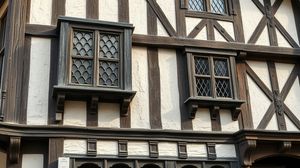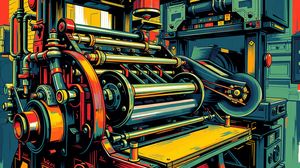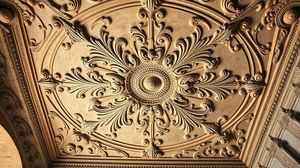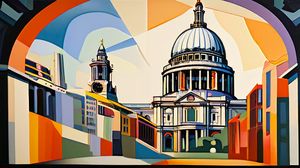
Staple Inn, located on High Holborn, is one of London's most captivating historic buildings. Known for its impressive Tudor façade, it has stood the test of time since its construction in 1585. Originally serving as the wool staple—a medieval wool exchange—this structure is the last surviving Inn of Chancery, offering a glimpse into the world of legal societies that supported the Inns of Court.
An interesting aspect of Staple Inn is its role in the insurance industry. In 1887, it became part of the Institute of Actuaries, cementing its importance in actuarial science and finance. This connection is quite fitting, as the building's enduring architecture symbolizes stability and longevity, traits highly valued in the insurance domain.
Fans of literature might find it fascinating that Charles Dickens mentioned Staple Inn in his 1853 novel, “The Mystery of Edwin Drood.” The author described it as a picturesque charm amid the bustle of London, which still holds true today. This literary nod enhances its allure as a historical and cultural landmark.
The preservation of Staple Inn is notably due to its strategic refurbishment rather than reconstruction after damage during the Blitz in World War II. This careful restoration preserved its architectural integrity, allowing visitors to appreciate a genuine piece of London's heritage.
One quirky fact about Staple Inn is its hidden courtyard garden, offering a rare tranquil escape amidst the urban sprawl of London. Visitors often stumble upon this serene spot, which remains largely unchanged through the centuries, providing a peaceful retreat steeped in history.

Making the Most of Your Visit:
When you visit Staple Inn, take your time to admire the intricate details of the Tudor façade. The timber-framed architecture is something you don't often see intact in central London, so it's worth taking a moment to appreciate the craftsmanship.
If you're interested in history, take a few minutes to look up before you enter the courtyard. The sundial on the façade is a fascinating feature, dating back to times when they were essential for keeping track of time. It's a neat piece of functional history that's easy to miss.
The courtyard garden at Staple Inn is a hidden gem where you can enjoy a quiet break away from the city's hustle and bustle. Bring a book or just sit and soak up the atmosphere with the knowledge that Dickens himself may have enjoyed a similar escape.
Charles Dickens enthusiasts should not miss the chance to stand at Staple Inn and imagine the scenes he described in his works. It's a small but noteworthy detail that connects you to the London of his era, adding an enriching layer to your visit.
Finally, pay close attention to the place's restoration story. Unlike many London buildings, Staple Inn was carefully refurbished rather than rebuilt after World War II. Knowing this enhances your appreciation of the historic authenticity of what you are seeing.

Visiting Times & Costs:
Staple Inn, located in Holborn, is partially accessible to the public. While the exterior can be admired at any time from the street, the interior spaces are generally not open for public tours, as the building houses professional and academic offices.
Visitors can enjoy the view of its historic façade and the courtyard garden, which are accessible without a fee. However, the courtyard garden may be closed to the public at times, depending on private events or operational requirements.
Accessibility: Staple Inn's exterior and courtyard are accessible for viewing, but note that the building does not cater specifically to accessibility needs, such as wheelchair access.
For those interested in exploring more or getting closer to the inn, it is advisable to check on specific open events, which might occasionally provide more access to the interior.

Address & Map:

Nearby:























